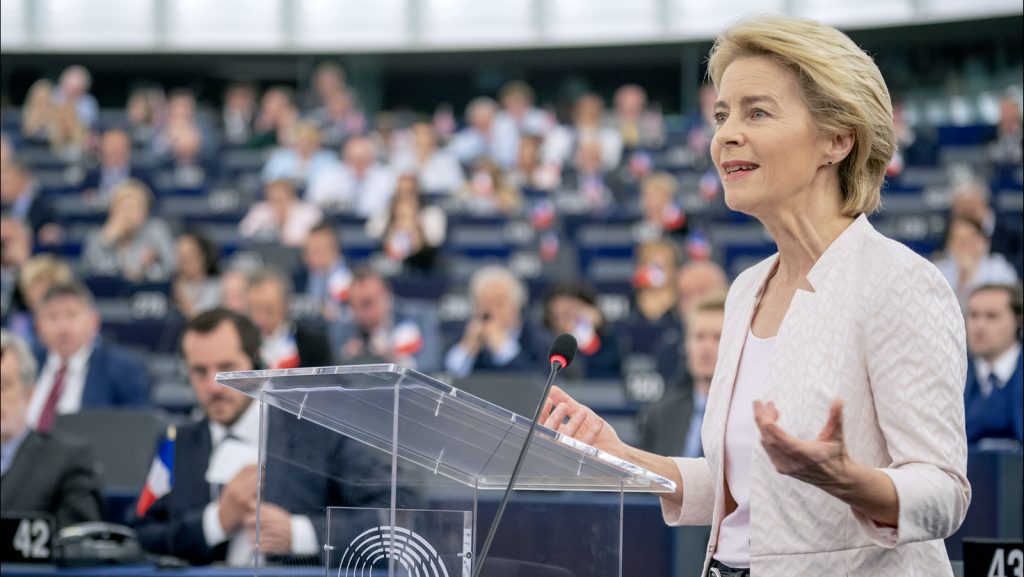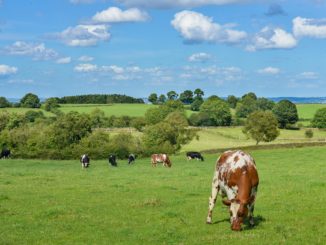
Here we present key facts and statements from the EU’s Green Deal document, with brief analysis from ARC2020. From an agri-food perspective, the Green Deal document in the main refers to an as yet undeveloped document, the EU’s Farm to Fork strategy document. This is due in 2020, after a period of consultation. However we can already read between the lines and see where the fault lines for future discussions and battles are.
Section 2.1.6 From ‘Farm to Fork’: designing a fair, healthy and environmentally-friendly food system
Quote
“The Commission’s proposals for the common agricultural policy for 2021 to 2027 stipulate that at least 40% of the common agricultural policy’s overall budget and at least 30% of the Maritime Fisheries Fund would contribute to climate action“.
Relevance
Using the phrase “at least” here means an increase in climate ambition from the current plans and proposals is being encouraged. A concern however is that current practices paid for under Pillar 1 may simply be described as climate actions by default. If the Pillar 1 budget does not increase to accommodate increased climate ambition, expect complaints and lobbying from COPA COGENA and others; if the climate and environmental asks are weak for Pillar 1 payments, as currently is proposed with what’s called enhanced conditionality, expect to hear complaints from environmental NGOs.
Quote
“The Commission will ensure that these strategic plans are assessed against robust climate and environmental criteria. These plans should lead to the use of sustainable practices, such as precision agriculture, organic farming, agro-ecology, agro-forestry and stricter animal welfare standards. By shifting the focus from compliance to performance, measures such as eco-schemes should reward farmers for improved environmental and climate performance, including managing and storing carbon in the soil, and improved nutrient management to improve water quality and reduce emissions.”
Relevance
To specifically name organic, agro-forestry and agro-ecology, considering their low uptake currently, is noteworthy. Performance emphasis make sit more likely that successful EIP-type programmed could be increased.
Quote
“The strategic plans will need to reflect an increased level of ambition to reduce significantly the use and risk of chemical pesticides, as well as the use of fertilisers and antibiotics. The Commission will identify the measures, including legislative, needed to bring about these reductions based on a stakeholder dialogue. The area under organic farming will also need to increase in Europe. The EU needs to develop innovative ways to protect harvests from pests and diseases and to consider the potential role of new innovative techniques to improve the sustainability of the food system, while ensuring that they are safe.”
Relevance
There is much to unpack here. To “significantly reduce” both the risk and in particular “the use” of pesticides, is very specific language. For fertilizers and antibiotics only “the use” is named precisely; nevertheless, this does on the face of it represent a serious challenge to and for the conventional agriculture sector. To use a phrase as strong as “need to increase” for organic farming, in the same paragraph, suggests something of a re-balancing of emphasis at least in this document. “Need” is a strong word by the standards of a document such as this one.
All of this said, there is no percentage or date attached to these supposedly significant reductions – and 2030 would have been an especially realistic and relevant target, one that chimes well with other targets, including for the SDGs, EU Climate targets and the IPCC. This weakens the utility of this commitment from an NGO/CSO perspective. For example, the open letter from civil society organisations on the Farm to Fork strategy to achieve sustainable food systems, which ARc2020 signed and circulated last Friday states: “Phase out the use of synthetic pesticides in EU agriculture, with an 80% reduction by 2030.”
“Innovative” is also interesting, One the one hand, earlier drafts of this document reportedly named CRISPR/GeneEditing and other genetic engineering techniques, whereas now we see a more generic word that can be interpreted in more than one way. On the other hand, there is concern among some NGOs that the word innovation is superseding the EU’s precautionary principal. See for example this letter from March this year, signed by over 60 NGOs and CSOs, regarding the Horizon Europe, the next EU Framework Programme for Research and Innovation. The letter states that an innovation principle is “incompatible ” with the precautionary principal, has “no legal basis” and is an “industry created tool.” Note too however that the phrase “innovation principal” does not appear in the Green Deal document – this is hardly a coincidence, but, rather, likely reflects behind-the-scenes arguments already unfolding.
Elsewhere in the document, “new technologies”‘ and “disruptive innovations” are mentioned, in the section 2.2.3. Mobilising research and fostering innovation, while Horizon Europe is named here too as part of the Europe-wide delivery of these Green Deal “solutions”.
CSOs Open Letter on the Farm to Fork strategy to Achieve Sustainable Food Systems




